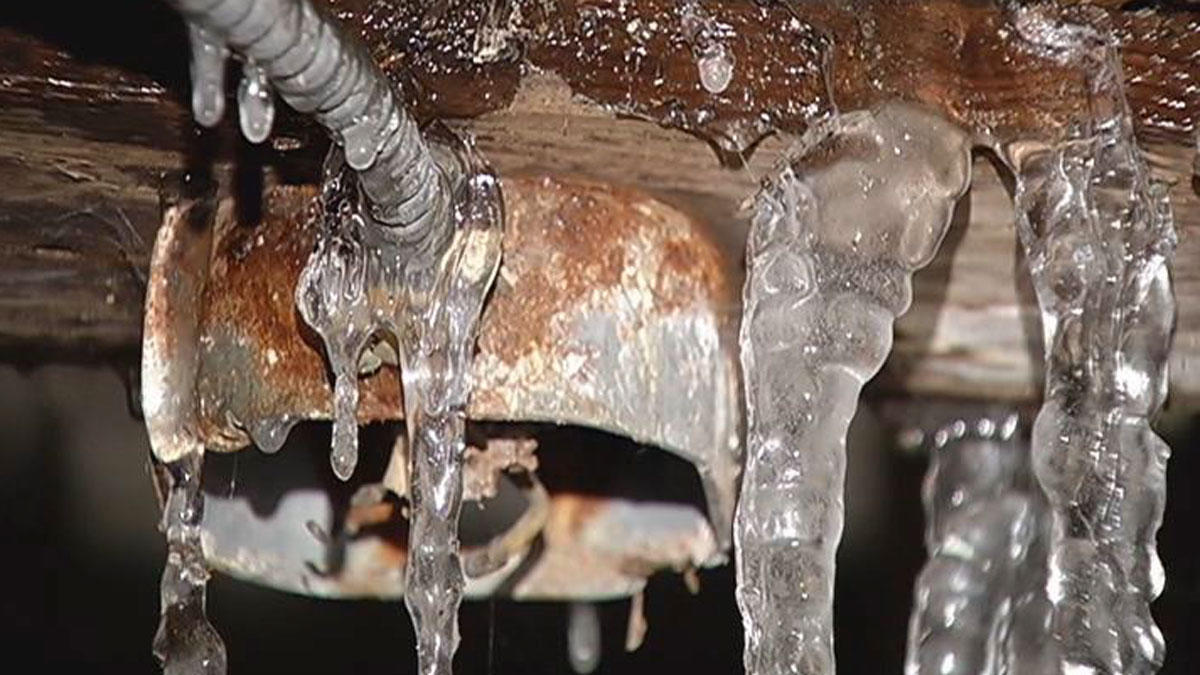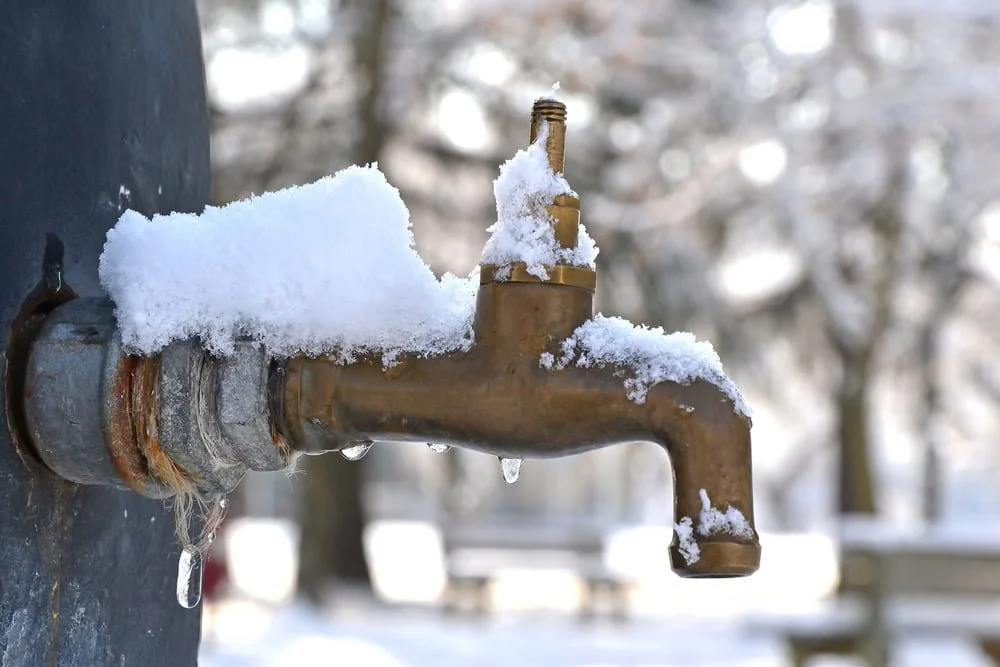Tips to Safeguard Your Plumbing from Freezing: Essential Tips
Tips to Safeguard Your Plumbing from Freezing: Essential Tips
Blog Article
We've stumbled upon this article about 6 Ways to Prevent Frozen Pipes listed below on the internet and concluded it made sense to quickly share it with you on this page.

Winter can wreak havoc on your plumbing, specifically by freezing pipelines. Here's how to stop it from occurring and what to do if it does.
Intro
As temperatures decrease, the risk of frozen pipes boosts, potentially leading to expensive repair services and water damages. Comprehending how to stop icy pipes is critical for property owners in chilly environments.
Understanding Icy Pipelines
What creates pipelines to ice up?
Pipes ice up when exposed to temperature levels listed below 32 ° F (0 ° C) for extended durations. As water inside the pipelines freezes, it increases, taxing the pipe wall surfaces and possibly causing them to rupture.
Threats and damages
Frozen pipelines can bring about supply of water disturbances, residential property damage, and pricey repairs. Burst pipes can flood homes and cause substantial structural damages.
Indicators of Frozen Piping
Recognizing icy pipelines early can stop them from rupturing.
Exactly how to determine frozen pipes
Seek lowered water circulation from faucets, unusual smells or sounds from pipes, and visible frost on exposed pipelines.
Prevention Tips
Insulating at risk pipelines
Wrap pipes in insulation sleeves or utilize warm tape to shield them from freezing temperature levels. Focus on pipes in unheated or exterior areas of the home.
Heating techniques
Keep interior spaces effectively warmed, specifically locations with pipes. Open cabinet doors to allow warm air to distribute around pipelines under sinks.
Safeguarding Exterior Pipes
Yard tubes and outside taps
Disconnect and drain yard hoses prior to winter months. Install frost-proof faucets or cover exterior faucets with protected caps.
What to Do If Your Pipelines Freeze
Immediate actions to take
If you think frozen pipelines, maintain taps open to ease stress as the ice thaws. Make use of a hairdryer or towels taken in hot water to thaw pipes slowly.
Long-Term Solutions
Structural adjustments
Take into consideration rerouting pipelines away from outside walls or unheated areas. Add added insulation to attics, basements, and crawl spaces.
Upgrading insulation
Invest in high-grade insulation for pipes, attics, and wall surfaces. Proper insulation helps maintain regular temperature levels and lowers the threat of icy pipelines.
Conclusion
Stopping frozen pipelines needs proactive steps and fast responses. By recognizing the causes, indications, and safety nets, property owners can secure their pipes during cold weather.
5 Ways to Prevent Frozen Pipes
Drain Outdoor Faucets and Disconnect Hoses
First, close the shut-off valve that controls the flow of water in the pipe to your outdoor faucet. Then, head outside to disconnect and drain your hose and open the outdoor faucet to allow the water to completely drain out of the line. Turn off the faucet when done. Finally, head back to the shut-off valve and drain the remaining water inside the pipe into a bucket or container. Additionally, if you have a home irrigation system, you should consider hiring an expert to clear the system of water each year.
Insulate Pipes
One of the best and most cost-effective methods for preventing frozen water pipes is to wrap your pipes with insulation. This is especially important for areas in your home that aren’t exposed to heat, such as an attic. We suggest using foam sleeves, which can typically be found at your local hardware store.
Keep Heat Running at 65
Your pipes are located inside your walls, and the temperature there is much colder than the rest of the house. To prevent your pipes from freezing, The Insurance Information Institute suggests that you keep your home heated to at least 65 degrees, even when traveling. You may want to invest in smart devices that can keep an eye on the temperature in your home while you’re away.
Leave Water Dripping
Moving water — even a small trickle — can prevent ice from forming inside your pipes. When freezing temps are imminent, start a drip of water from all faucets that serve exposed pipes. Leaving a few faucets running will also help relieve pressure inside the pipes and help prevent a rupture if the water inside freezes.
Open Cupboard Doors
Warm your kitchen and bathroom pipes by opening cupboards and vanities. You should also leave your interior doors ajar to help warm air circulate evenly throughout your home.

I discovered that piece of writing on Preventing and dealing with frozen pipes while surfing around the web. Enjoyed reading our content? Please quickly share it. Let someone else discover it. I am grateful for being here. Please visit our site back soon.
Call Today Report this page